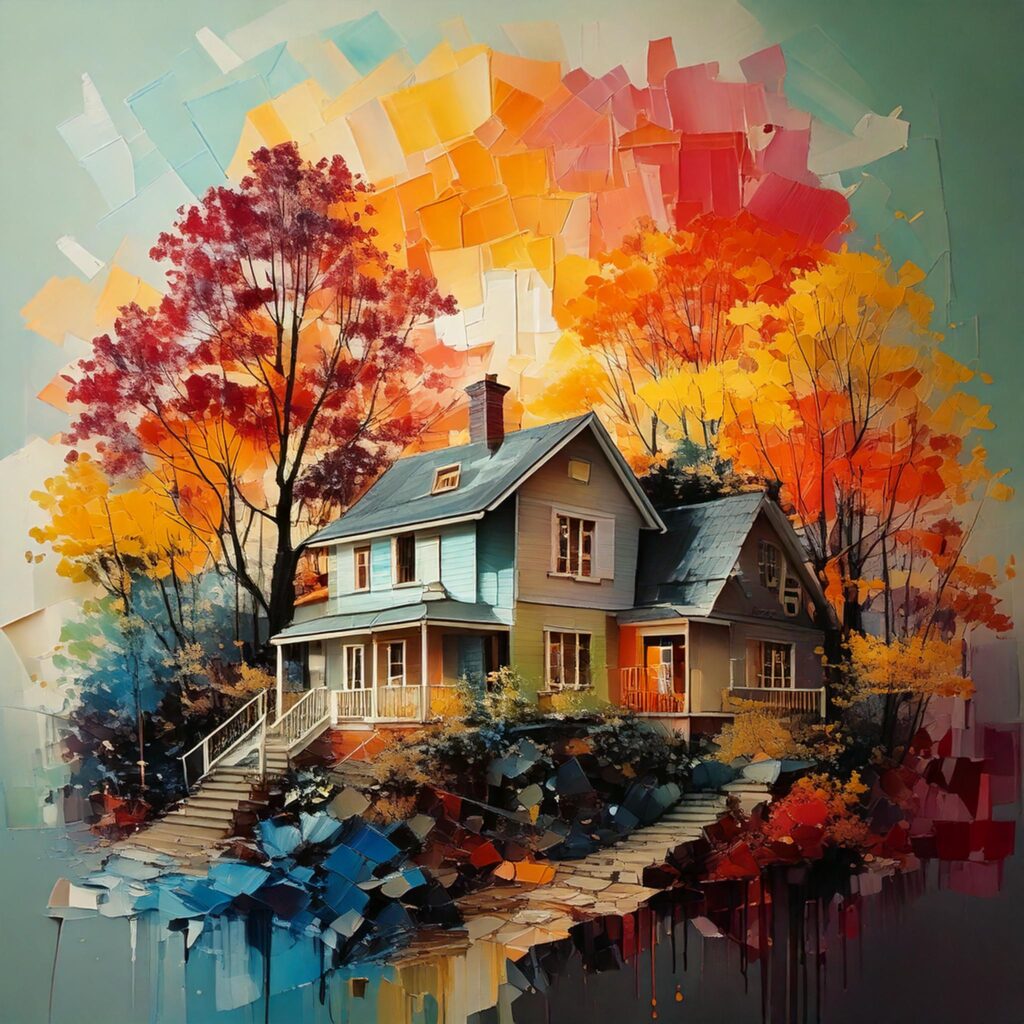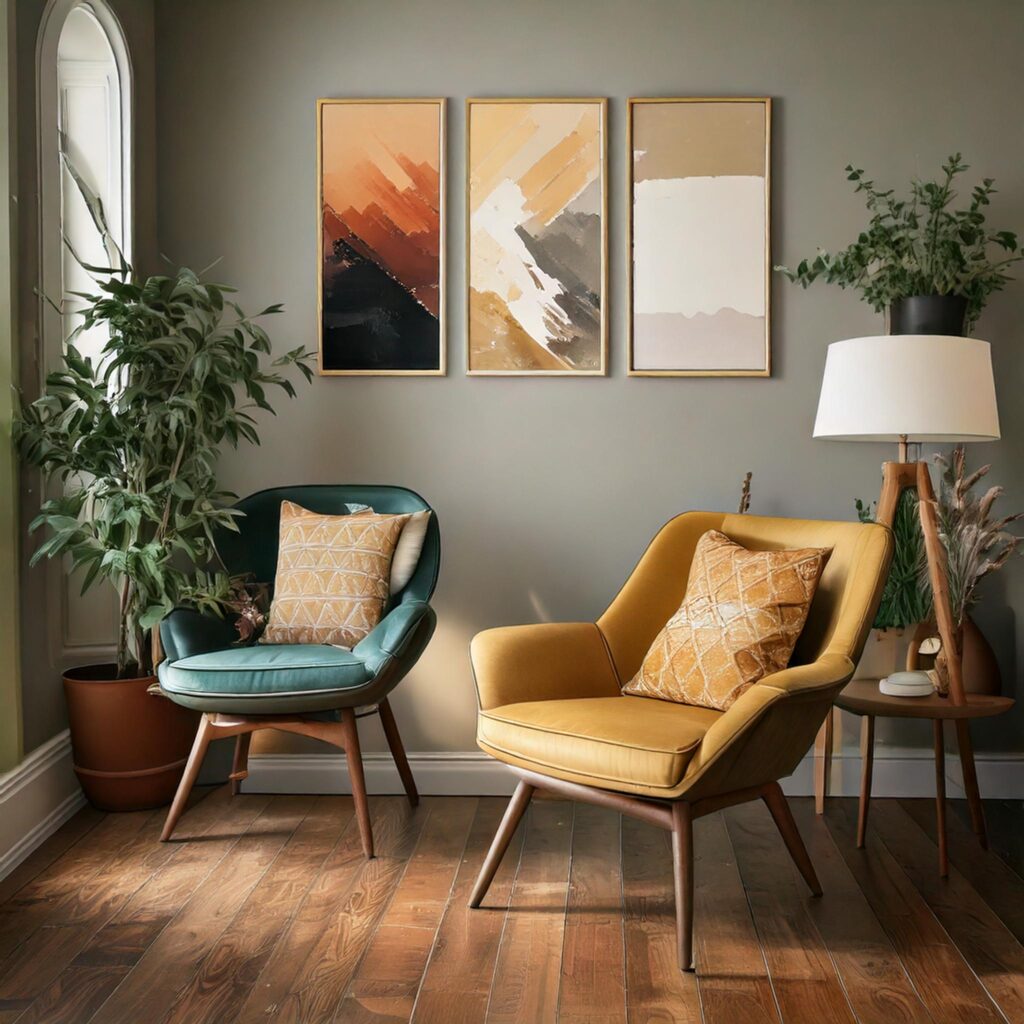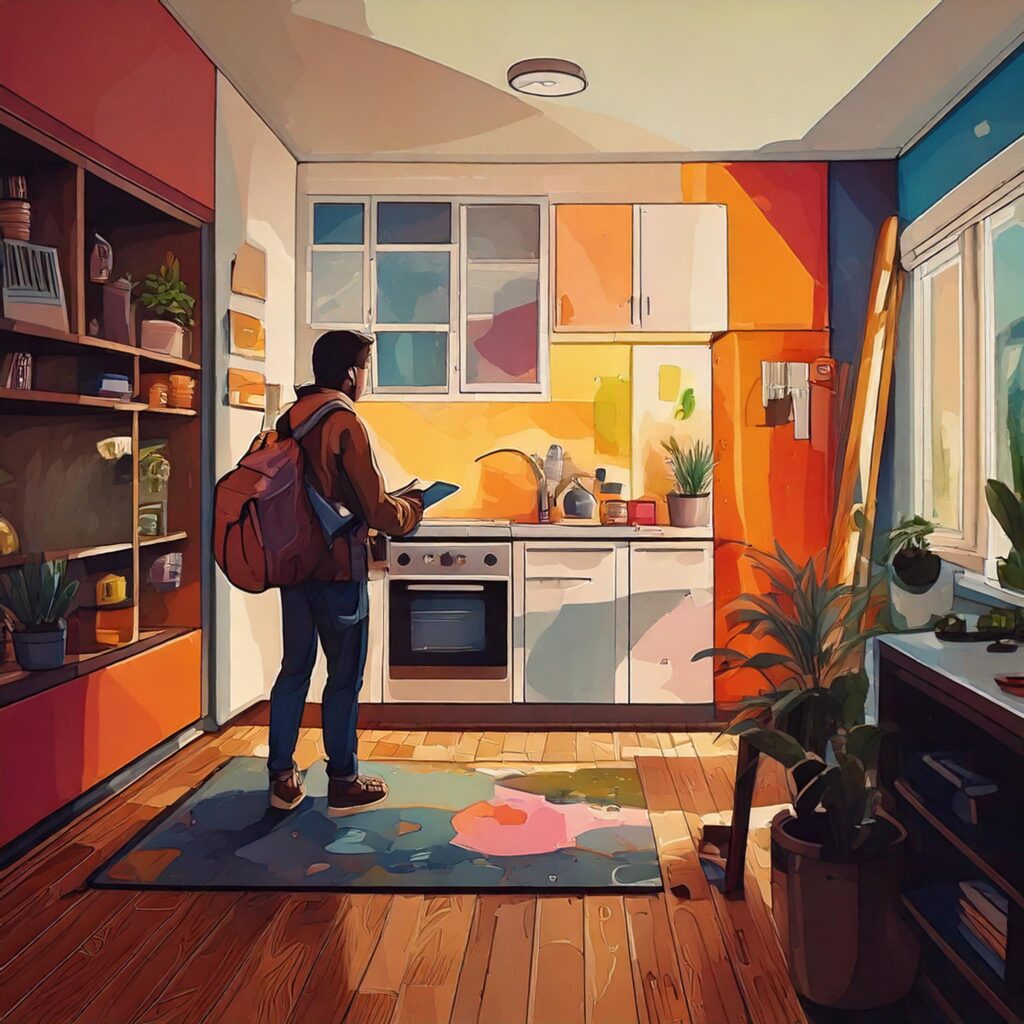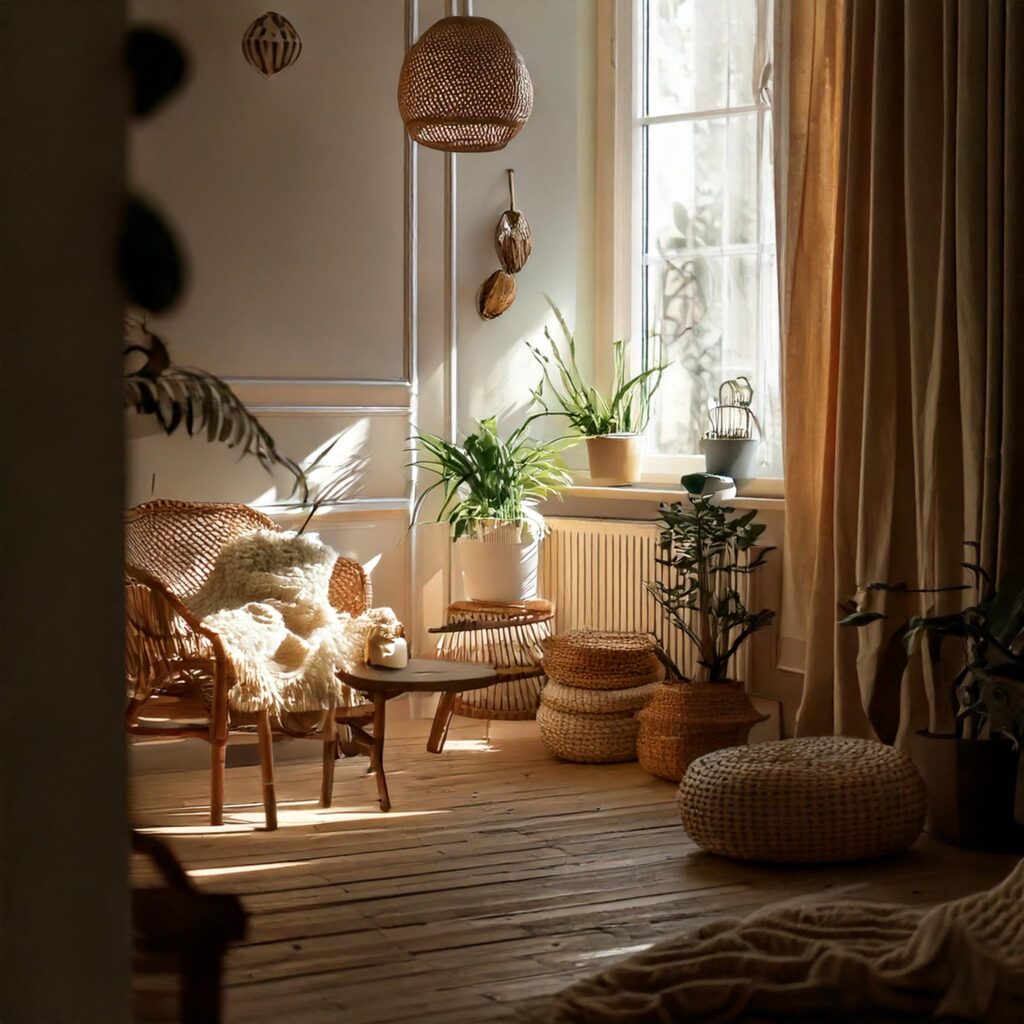
Choosing the ideal shade palette for your home is more than just a layout decision—it’s a way to set the temper, specific your persona, and create spaces that feel really yours. Whether you’re starting sparkling or giving your current home a makeover, this manual will help you navigate the nuances of selecting hues that harmonize along with your style and lifestyle. Let’s dive in!
- Understand the Basics of Color Theory
Before choosing colorations, it’s essential to have a fundamental understanding of ways colorations work together. Here are a few essential concepts to recall:
Primary Colors: Red, blue, and yellow shape the inspiration for all different colors.
Complementary Colors: These are contrary on the color wheel (e.G., blue and orange). They create bold contrasts.
Analogous Colors: These take a seat subsequent to each different on the shade wheel (e.G., green, blue-green, and blue). They create a harmonious and soothing effect.
Monochromatic Scheme: Focuses on various sun shades, tones, and tints of a single color for a cohesive look.
- Start with Inspiration

Gather thoughts out of your preferred resources—magazines, Pinterest, or maybe nature. Look for styles, textures, and sunglasses that capture your eye. A beautiful sundown, as an instance, could inspire a heat palette of golds, oranges, and purples.
Tip: Create a temper board to visualise how your preferred shades paintings collectively before committing.
- Consider the Mood You Want to Create

Colors have the strength to steer feelings and set the tone for your spaces. Think about the surroundings you’re aiming for in each room:
Living Room: Warm tones like beige, smooth yellows, or terracotta create a welcoming vibe, at the same time as cool sunglasses like grey or muted blue offer a relaxing atmosphere.
Bedroom: Opt for restful colorations like smooth vegetables, blues, or lavender to promote rest.
Kitchen: Vibrant sunglasses like sunny yellow or formidable crimson can stimulate urge for food and electricity, while white and pastel tones lend a fresh, clean appearance.
Home Office: Energize productiveness with greens and blues or add a touch of creativity with accents of orange.
- Work with the Fixed Elements in Your Home
Take into account the factors to your space that gained’t exchange, including floors, counter tops, or large furniture. Your colour palette need to complement these features to make certain a cohesive appearance.
Pro Tip: Use impartial tones for huge, everlasting furniture and add pops of coloration thru accents and decor.
- Play with Light

Lighting can dramatically alter how colorations seem. Test paint samples at distinctive times of the day to look how herbal and artificial mild affect your selected sunglasses. Rooms with adequate daylight can take care of darker, bolder colors, while dimly lit areas gain from lighter, reflective tones.
- Balance Neutrals and Accents
Neutrals like white, gray, or beige create a timeless base that works properly with numerous accent colorations. Use them for walls or large surfaces and upload character via colorful furniture, rugs, or artwork.
60-30-10 Rule: A traditional layout precept that divides colors into proportions: 60% for the dominant shade (walls), 30% for the secondary coloration (upholstery), and 10% for the accent coloration (decor).
- Test Before You Commit
Never skip this step! Paint small sections of your partitions with your chosen colorations or put money into peel-and-stick samples. Observe how they appearance in specific lighting fixtures and in opposition to present decor.
- Think Long-Term

Trendy colorations may be tempting, however undying palettes frequently provide greater durability. If you’re attracted to ambitious or unusual sunglasses, don’t forget incorporating them via accents or without problems changeable decor.
- Seek Professional Help
If you’re nevertheless uncertain, don’t hesitate to consult an indoors designer or color specialist. They can offer insights and recommendations tailor-made to your area and options.
Final Thoughts
Choosing the proper color palette for your house is a rewarding method that mixes creativity and approach. By information the basics of shade, considering your space’s mood and lighting fixtures, and testing before you commit, you could create a cohesive and exquisite surroundings that reflects your unique fashion.

